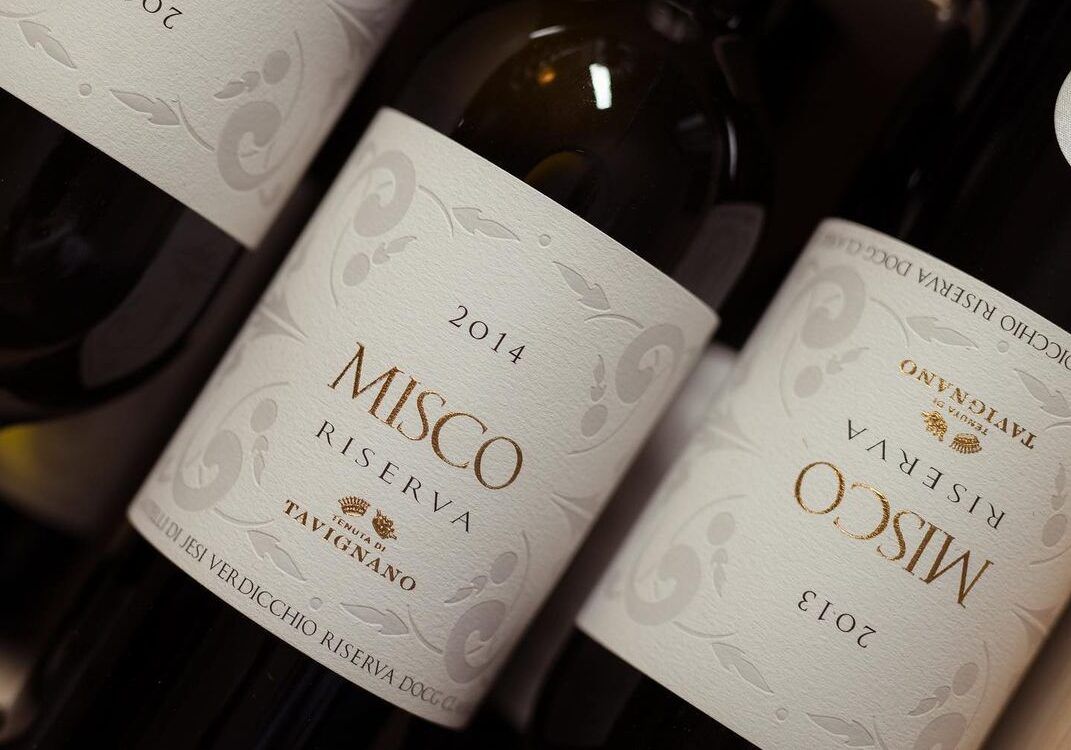“In some ways Tavignano chief Ondine de la Feld has already done the hard work; she has shown that the fine examples of Verdicchio can improve in the bottle for at least as long as the average white burgundy,” writes Smart.
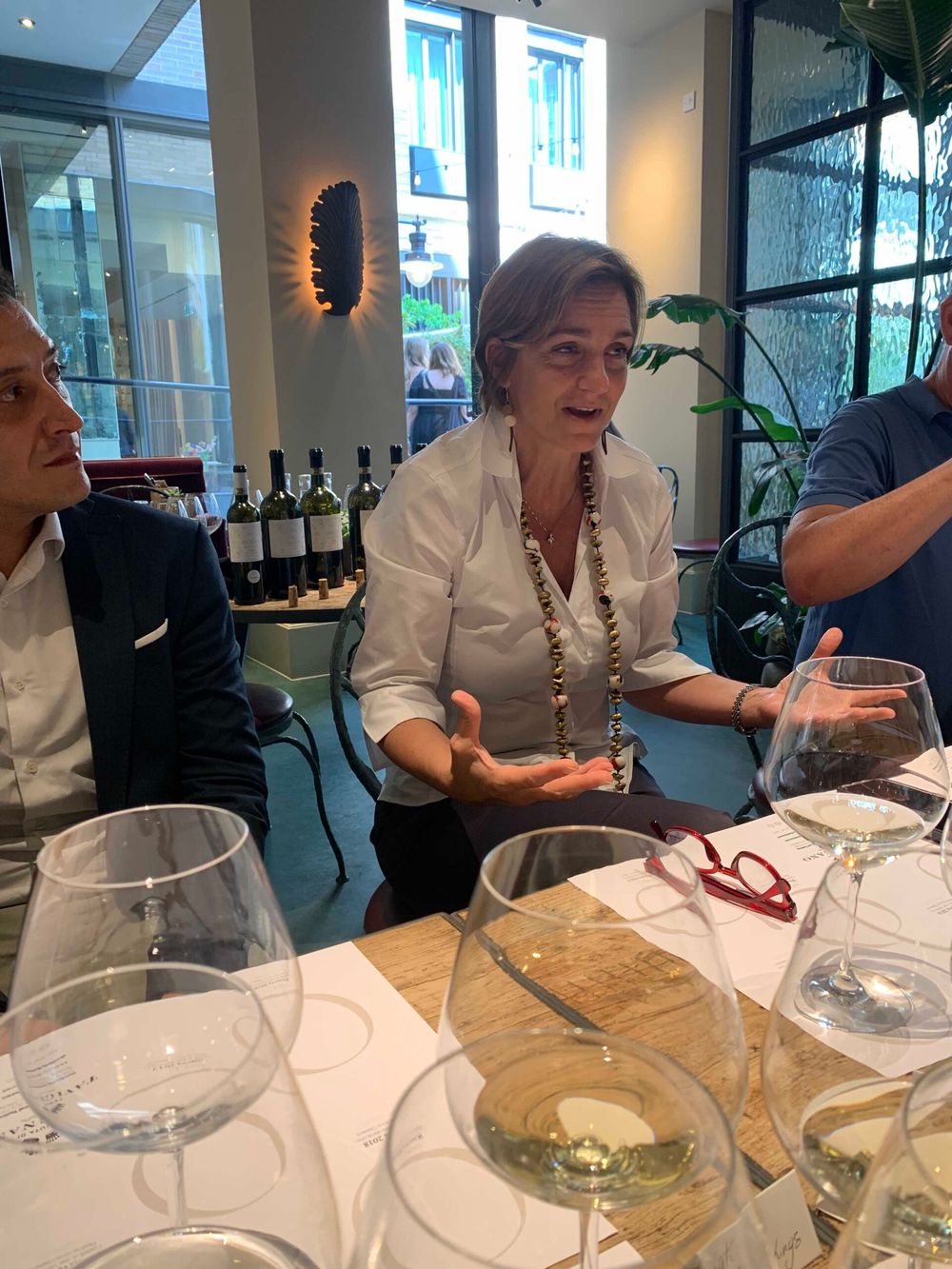
Tavignano chief, Ondine de la Feld, London, June 15, 2023
What do you do when you have a top-drawer wine but a variety with a sometimes bland reputation? That’s the quandary facing the Italian producer Tenuta di Tavignano that has laboured long, hard and ultimately successful to produce excellence from the native Verdicchio grape. Tavignano, founded in 1970, has 230 hectares in the Castelli di Jesi Verdicchio wine district. Not far from Ancona, half way up the eastern side of Italy, the organic vineyards are equal distance between the Adriatic and the mountains, cooled by the Bora wind. Its more modest wines are DOCs and the posher Riserva is the DOCG Castelli di Jesi Verdicchio Reserva.
Gathered at La Goccia, the Petersham Nurseries’ restaurant in London’s Covent Garden, the wine producer’s boss, former architect Ondine de la Feld, encourages us to savour the quality of the Misco, as the premium wine is called, in a vertical tasting from 2013 to 2021. What makes this so fascinating is that the power and the weight of the wine comes entirely from the wine resting on its lees for a long period of time – without the intervention of oak.
The Riserva has a price that puts it up squarely up against some of finer Chablis and white burgundies. But the wine has not gone unnoticed by the critics, regularly clocking up scores of between 91 and 95 points. The distributor is Petersham Cellars.
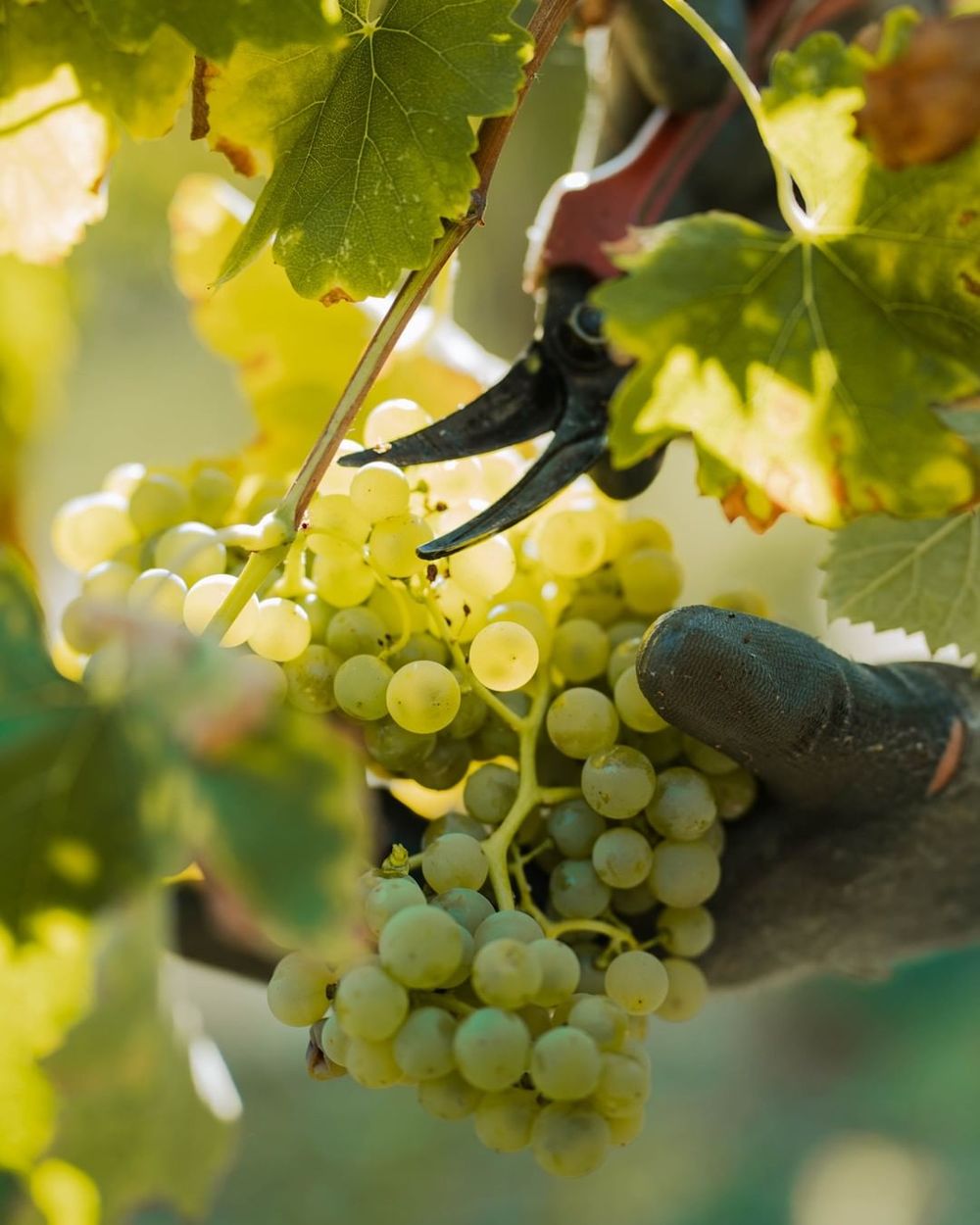
Verdicchio is a grape mainly grown in the Marche region of Italy
Ondine de la Feld is proud both that Tavignano has what she calls a “female” culture of minimum intervention, and that the winery has stuck with the indigenous Verdicchio rather than rush to international varietals such as Chardonnay. The Italian native grape is extremely widespread and planted widely since the 14th Century. When it went through its massive boom period in the 1980s, when 65,000 hectares were planted, it was the fifteenth most planted grape worldwide, eclipsing Pinot Noir, Sauvignon Blanc and Chardonnay.*
So how were the wines tasting?
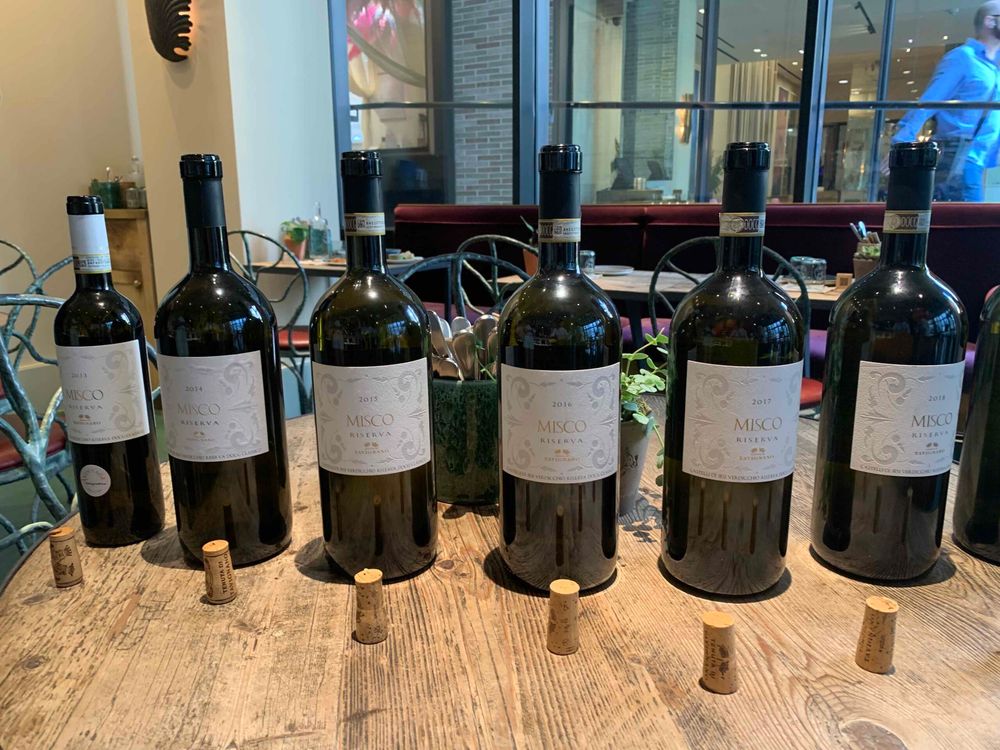
The line-up of Misco Vedicchios at the London tasting
Fermented in stainless steel tanks, all the Riservas are clean and balanced with a good freshness and acidity. Cheapest of the Misco range we try is the Misco 2017 (ABV 13.5%, RRP £40). A hot and dry year, with an early harvest of the grapes allowing the winemaker to maintain a good acidity. There’s an appealing “fatiness” here.
Top of range is the Misco 2016 (ABV 14%, RRP £60). The weather was generally propitious in this slightly humid year, allowing the grapes to reach the right degree of sugar and phenolic ripeness. This wine is a big step up and offers the drinker something they will want to savour at a leisurely pace.
One oddity, is that the wine is not served chilled. The winery insists that it should be at 18°C. That certainly allows the taste buds to work to the full but, to the average English drinker, that may be quite an obstacle especially on a warm summer’s day.
In some ways de la Feld has already done the hard work; she has shown that the fine examples of Verdicchio can improve in the bottle for at least as long as the average white burgundy. But she has chosen a road less travelled. Not only can Verdicchio have a reputation as a cheap bulk wine, it was mired in an adulteration scandal a thirty years ago.
She confides that they are considering various options. One would be to drop Verdicchio from the DOCG name completely, a decisive if somewhat brutal step for the native grape.
*Jancis Robinson believes that some of these plantings were, in fact, Trebbiano.
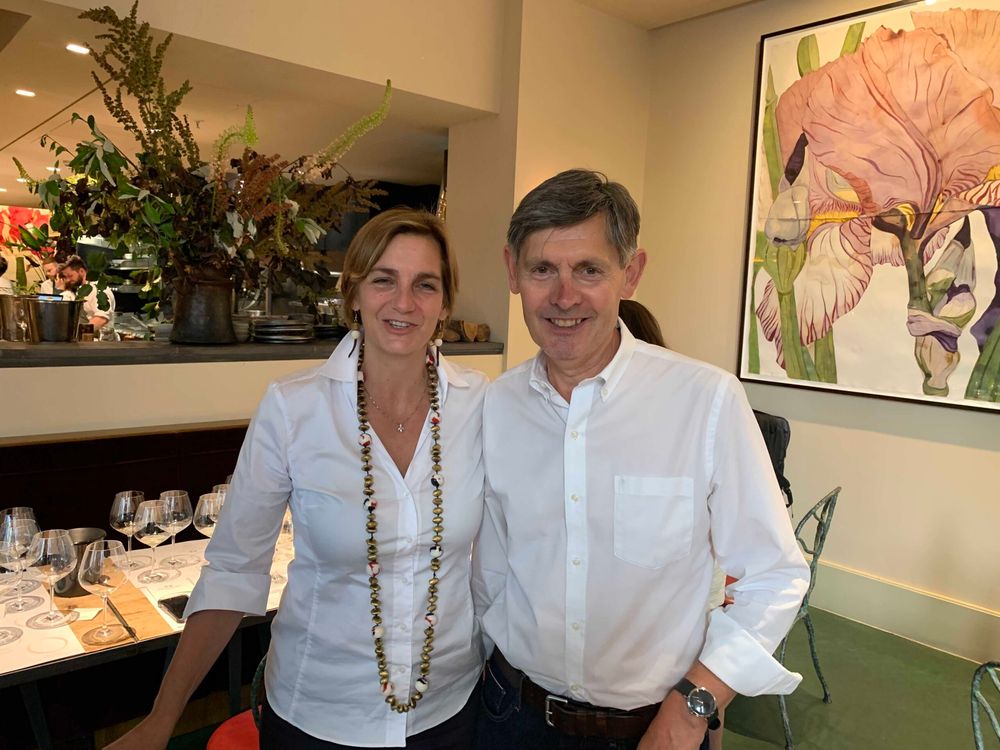
Ondine de la Feld with Victor Smart, La Goccia
